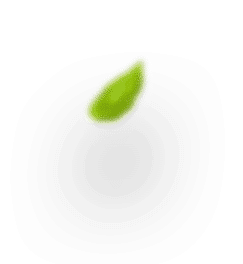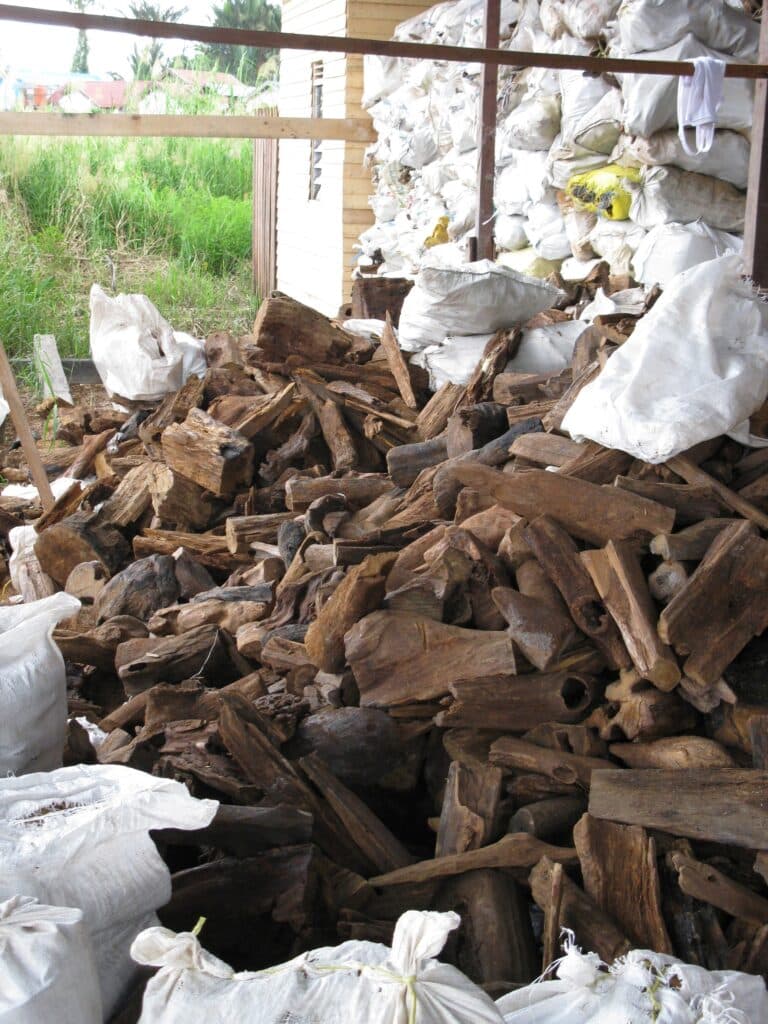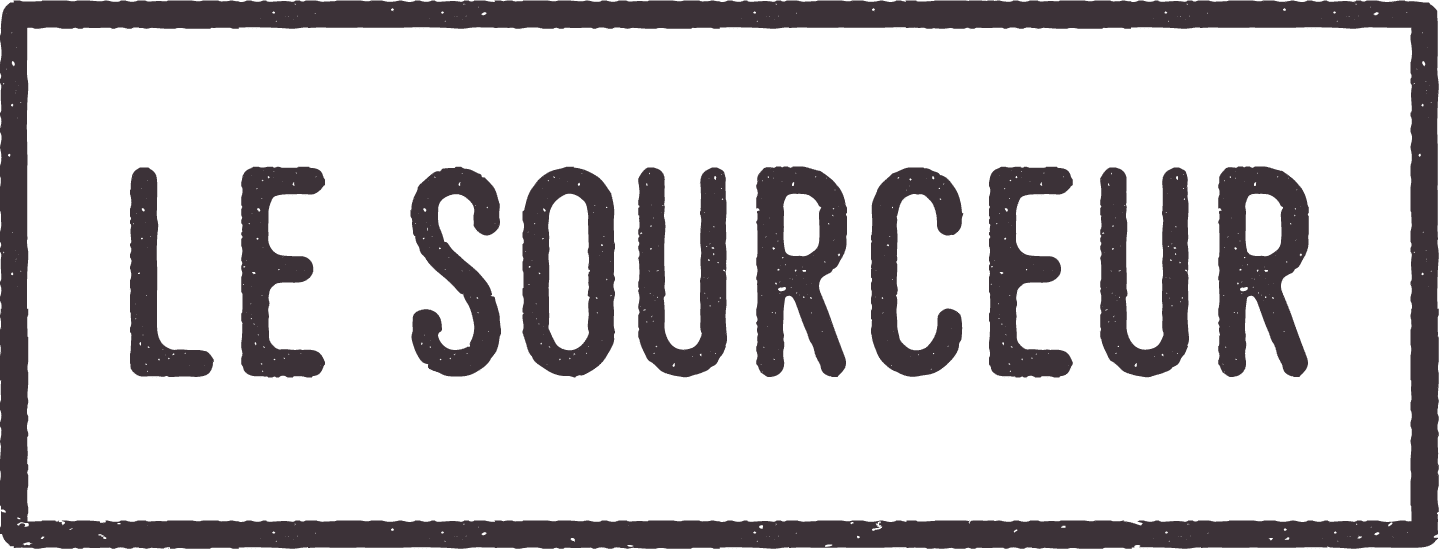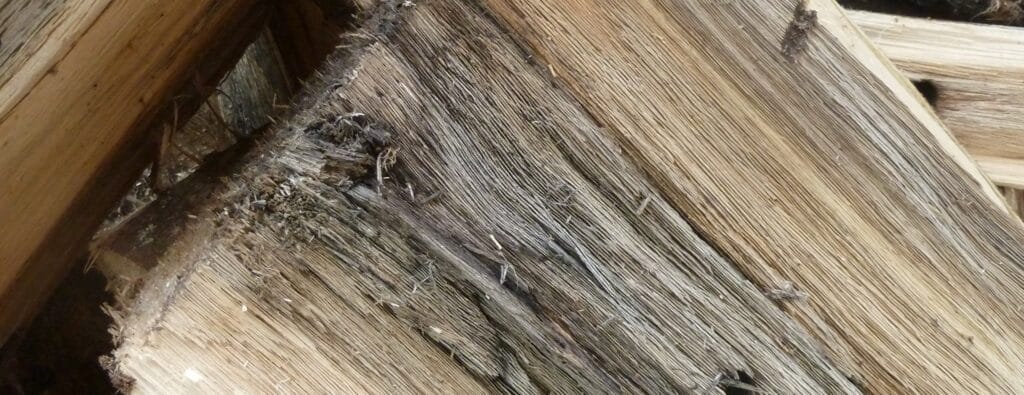
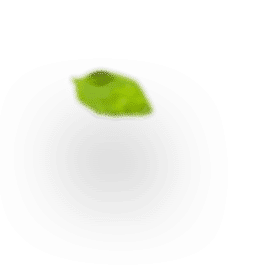
What is the Black Oud ?
First of all, you should know that it is not quite correct to call this material the Black Oud. It is actually a false Oud whose real name is Aetoxylon Sympetalum. Bless you. This tree comes from the family Thymeleaceae, just like its cousin the Agarwood or Aquilaria. That’s why he got his nickname. Black Oud is endemic to the island of Borneo shared between Indonesia, Malaysia and Brunei. It can only be found on site, Scout’s word ; we’ll save you the trouble of searching the world’s forests !
What does the Black Oud look like ?
As rare as it is precious, the Black Oud is originally a dead mangrove wood harvested directly from the feet of trees near the coast. Hence its name “gaharu buaya” in Indonesian, commonly translated as “crocodile eagle wood”. Still largely unknown in Europe, it is highly prized in Middle Eastern countries, which have made it a flagship material in oriental perfumery. So much so that, faced with the growing demand, its sector has developed. There are now various producers and some sustainable and responsible plantations on the island.
And the aetoxylon sympetalum ?
In the wild, that is to say in the Indonesian forests, the Aetoxylon Sympetalum can measure up to 40 meters high for nearly 60 centimeters in circumference. Its bark is generally between dark brown and black. Like many varieties of trees, it produces red fruits that measure up to 5 centimeters in diameter but are not edible. Finally, it is generally found in the mangrove, but it can also thrive in the forests in the lowlands of the island (up to 100 meters above sea level).
the black oud : from the wild harvest…
When we say endemic species and present only in Borneo, we necessarily need to protect it. Preserving the species was also a way to avoid repeating past mistakes with Agarwood, especially Aquilaria. For a long time, Black Oud was nothing more than dead mangrove wood, decomposing on the ground, which was collected directly from the feet of the Aetoxylons. Its exploitation was wild, supervised and its yields were minimal. Only a few connoisseurs in the Middle East could claim the precious sesame.
…to recent cultures
Following the increasing demand for wood and under the impetus of many committed actors on the spot, the first productions of Black Oud were born. They had to be sustainable and not have any impact on the species or the ecosystem in Borneo. Today, as every year, many adult crop trees are cut down, while twice as many shoots are planted. All this to serve the needs of the whole world, in particular the oriental perfumery which is in love with its fatty and delicious essential oil resulting from the heart of the wood.
the distillation of black oud
the black oud in history
If the Oud has been used for thousands of years, its cousin the Aetoxylon is still largely unknown. Culturally, the former is renowned in many fields, such as spirituality, medicine and art. In religion first, it occupies an important place for ceremonies among Buddhists, Muslims, Hindus, Taoists and even Christians. In traditional Chinese, Arabic or Indian medicine, it is known for its digestive properties or for its ability to soothe the body and mind. Finally, its robust wood has inspired rare and priceless olfactory sculptures. Conversely, there is no record of the use of Black Oud in history. But it is likely that he will now follow in the footsteps of Hagar’s woods.
Black Oud in perfumery
Outside of these classic spheres, Black Oud has become an essential ingredient in oriental perfumery. Its essential oil is used as a heart or base note for its delicious and leathery fragrance. It is also slightly smoky, warm and animalic. It represents a nice alternative to more classic ingredients such as tobacco, birch or cistus labdanum.
oud in our palette
An essential facet of our job as a source is to be able to meet the immediate needs of perfumers while respecting our commitments to the planet. And the Black Oud chain is a perfect example. A few years ago, we were asked to add an Oud fragrance to our palette. The opportunity was great. We dreamed of offering this fabulous material, but not at any price! Like many people, we knew the drifts of the industry, its mistakes and failures, voluntary or not. There was no question of reproducing them. And to understand it all, we have to go back to the very essence of the matter. What is the Oud ?
What is the Oud?
The Oud is rooted in several varieties of trees: from the Aquilariaceae to the Thymeleaceae, through the Burseraceae or the Euphorbiaceae. They are called agarwood, aloes wood or calambac. Facing eminent danger, these trees secrete an abundant amount of resin in the heart of their trunks: whether it is following an infection by a fungus, to defend themselves against pests, to prevent fires or simply to heal their wounds. It is precisely this resin, or defense mechanism, that we call the Oud.
a flagship material of perfumery in danger
And this material is particularly fragrant, with rare notes of warmth, wood and leather. A singularity that gives it a major place in perfumery, especially oriental. With all the drifts that this implies. Between overexploitation and voluntary incision of trees, all species are threatened. So much so that they are now on the CITES list as protected species. But in the face of ever-increasing demand, poaching never stops. With this in mind, what are we left with? There was no question of participating in this massacre. But at the same time, we needed those leathery and animalic notes so dear to perfumery.
the discovery of black oud as an alternative
So we searched, for a long time, in the books or on the ground, we also made a lot of meetings. Then the solution finally came to us. We have heard about a fabulous material in Borneo, cousin of the Oud as much for its species as for its fragrance, even if a little different. We went there and immediately fell in love. The kind of encounter you never forget, the kind that smells like a new pair of shoes you proudly wear on the street. It was Aetoxylon Sympetalum, which we called as a matter of course the Black Oud. A few years later, it has become one of our star materials. So much so that wild harvesting, limited to dead mangrove wood, has been transformed into an eco-responsible industry with productions for future generations.
WEB SITES
- TGSC – “Aetoxylon sympetalum” – http://www.thegoodscentscompany.com/data/es1653441.html
- Wikipedia – “Aetoxylon” – https://en.wikipedia.org/wiki/Aetoxylon
- CITES List – CITES Species – https://cites.org/fra/disc/species.php
